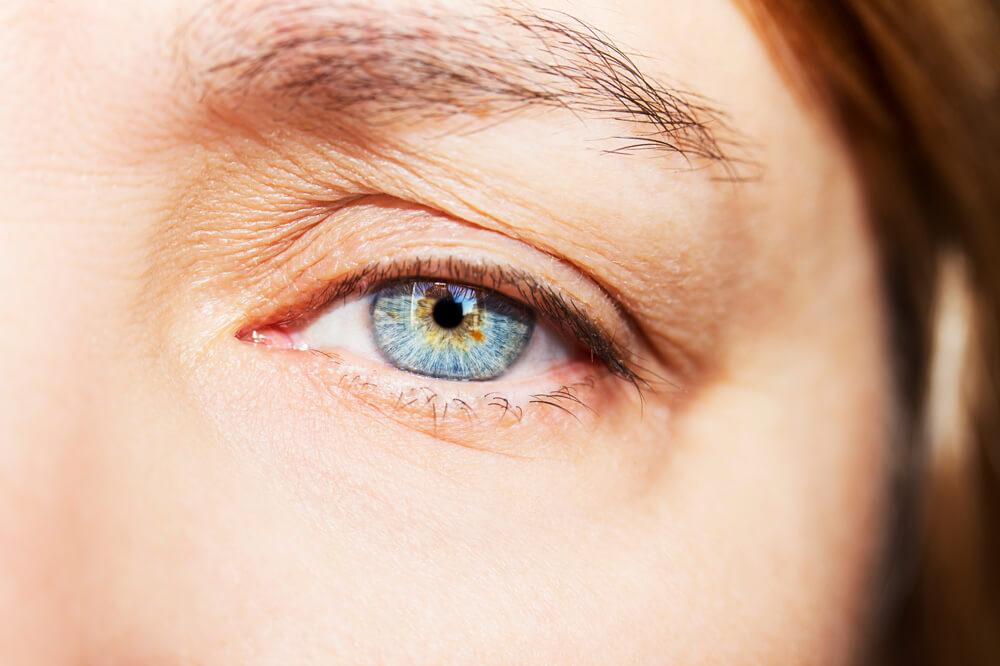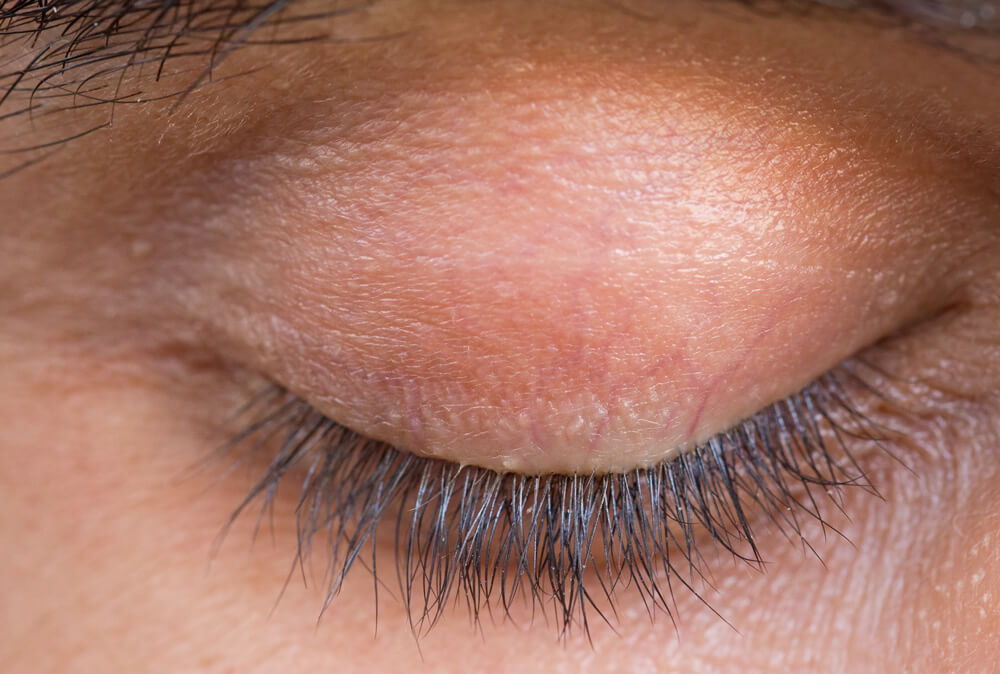- Find a Doctor
- Services & Specialties
-
-
Services & Specialties
-
-
-
-
- Find a Location
- News & Resources
-
-
News & Resources
- Welcome Our Newest Doctors
- Latest News
- Learn More About Our Surgery Centers
- Why Proliance Surgeons?
- Meet Our Leadership
- Meet Our Board
- Contact Us Today
- Pay My Bill
- Career Opportunities
- Mission, Vision, Values
- Phreesia FAQ
- Insurance Plans
- Medical Records
- Balance Billing Protection Act
- PELTO Health Partners
- Revenue Cycle Credit Resolution
- Proliance Surgeons Foundation
- 24/7 Care Info
-
-
-
-
- Pricing
Eyelid Lesions
There are two types of eyelid lesions that can grow, but most are usually not vision or life-threatening. They can be caused by a variety of factors and require an accurate diagnosis to ensure proper treatment is given.

What are Eyelid Lesions?
Eyelid lesions are a type of growth that develops on the eyelid and is usually not life or vision-threatening, but a proper diagnosis by an ophthalmologist will be needed to ensure it is benign and not a precancerous growth. There are many reasons an eyelid lesion can develop, from an infection to structural problems, and are categorized into two types:
Benign Lesions
There are several types of benign eyelid lesions, including:
- Seborrheic keratosis: a condition that causes oily, pigmented lesions that look as if they stuck onto the skin.
- Actinic keratosis: a patch of skin that can appear flat, white, flaky, or scaly. It can sometimes be a precursor to carcinoma.
- Nevus: small lesions that appear at birth, commonly referred to as moles, birthmarks, or beauty marks.
- Xanthelasma: soft, yellowish patch that appears under the lower fold of the eyelid and can indicate high cholesterol or genetic disorders
- Molluscum contagiosum: caused by a viral infection that results in small, waxy nodules
- Hidrocystoma: a transparent cyst that appears near the lid margin, usually caused by a blockage of the eyelid’s sweat glands.
Malignant Lesions
There are several types of malignant eyelid lesions, including:
- Basal cell carcinoma: a common type of cancer that shows as a firm, pearly nodule, and often appears on the lower eyelid near the inner fold of the eye.
- Squamous cell carcinoma: less common and more aggressive, usually appearing on the upper eyelid and can present as a raised, scaly, bloodshot, or raw area.
- Sebaceous carcinoma: aggressive cancer that metastasizes to other organs of the body and is usually treated with the total removal of the eye.
- Melanoma: a rare pigmented eyelid tumor that is aggressive and usually metastasizes to the lungs and liver, even if small.

Symptoms of an Eyelid Lesion
The two types of eyelid lesions can present differing symptoms:
- Benign, or noncancerous, lesions can appear pigmented (flesh-colored) and usually don’t cause pain or discomfort unless scratched.
- Malignant, or cancerous, lesions can appear brown, red, black, or flesh-colored which can change in appearance and spread. They also can appear smooth, shiny, waxy, scaly, red and firm, bloody and crusty, flat, and tender, or itchy.
How Lesions on the Eyelid Are Diagnosed
To properly diagnose whether or not the lesions or lesions are cancerous or benign, a comprehensive eye exam is required. During the exam, your healthcare provider will ask about:
- how long the problem has been occurring
- if the lesion has changed in size or appearance
- if it is a recurrence of a lesion that was previously treated
- if there is any history of skin cancer
The doctor will also look at the structure of the eyelid and look for signs of:
- excessive tearing
- misdirected eyelashes
- retraction problems
- drooping
- excess tissue
- lesions


